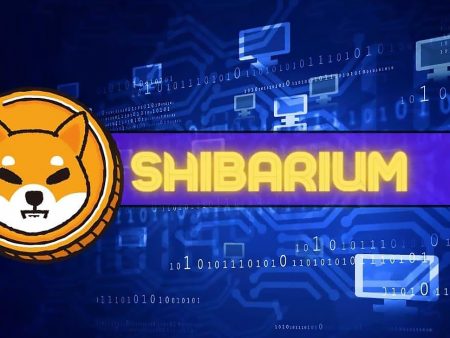StakeStone is one of the cutting-edge platforms in the DeFi space, featuring yield optimization through staking and restaking across multiple blockchains.
To better understand StakeStone and its outstanding features, follow the AZCoin article below.
What is StakeStone?
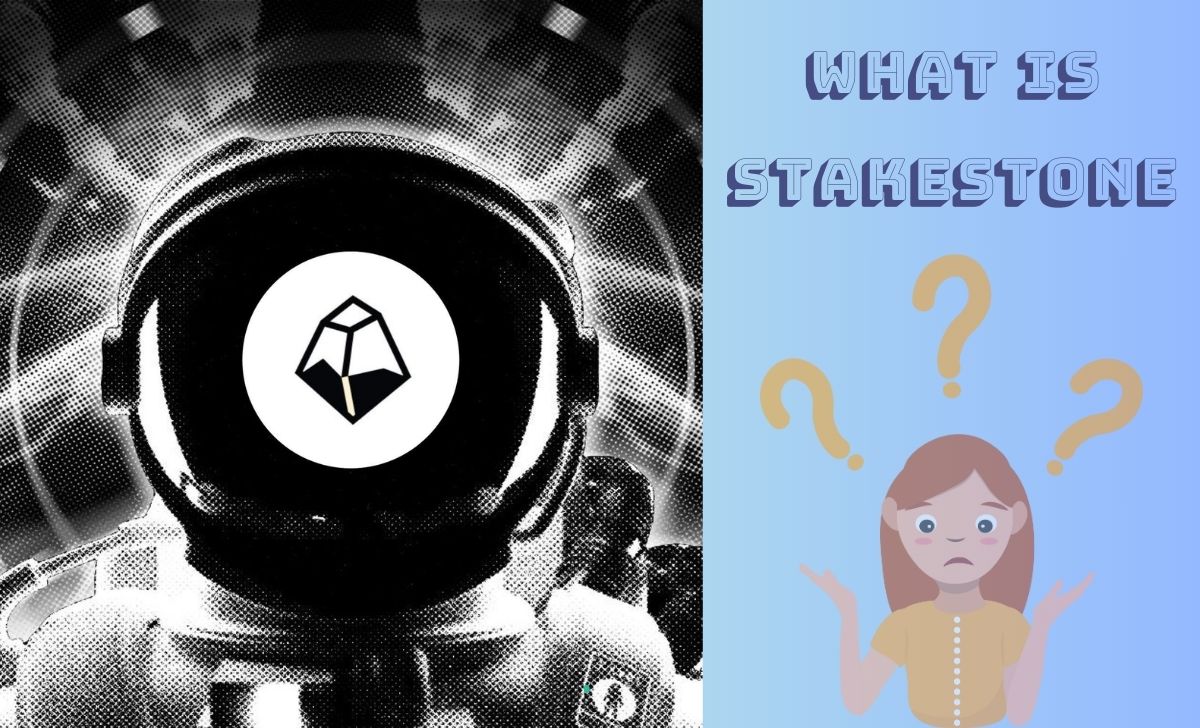
StakeStone is an omni-chain liquid staking protocol that allows users to stake ETH to earn STONE tokens. This is a liquid staking token, allowing users to leverage it across multiple blockchain networks such as BNB Chain, Ethereum and Linea.
In addition, users holding STONE can receive automatic APY returns thanks to the Optimizing Portfolio and Allocation Proposal (OPAP) mechanism.
StakeStone Investors and Partners
Investors
On March 25, 2024, Binance Labs announced that it had invested in StakeStone, although the details of the funding round and the amount of investment have not been disclosed. The support from Binance Labs demonstrates the growth potential and confidence of major investors in StakeStone.
Partners
StakeStone has established partnerships with many prominent projects in the market, including Hook Protocol, Merlin Chain and Polyhedra. These partnerships not only help expand STONE integration and application capabilities, but also enhance StakeStone position in the DeFi ecosystem.
How StakeStone works
StakeStone operates on a four-factor architecture:
- StakeStone vault: A place to store user ETH before it is allocated to staking strategies.
- Minter: Responsible for processing STONE mint and burn transactions, separating platform assets from STONE tokens.
- Strategy pool: Putting user ETH into staking and restaking protocols to optimize profits.
- OPAP: On-chain proposals for new profit-making methods and optimizing asset allocation.
The platform operates on a non-rebase monetization mechanism and uses advanced technologies like Layerzero to enhance compatibility and efficiency.
Key features of StakeStone
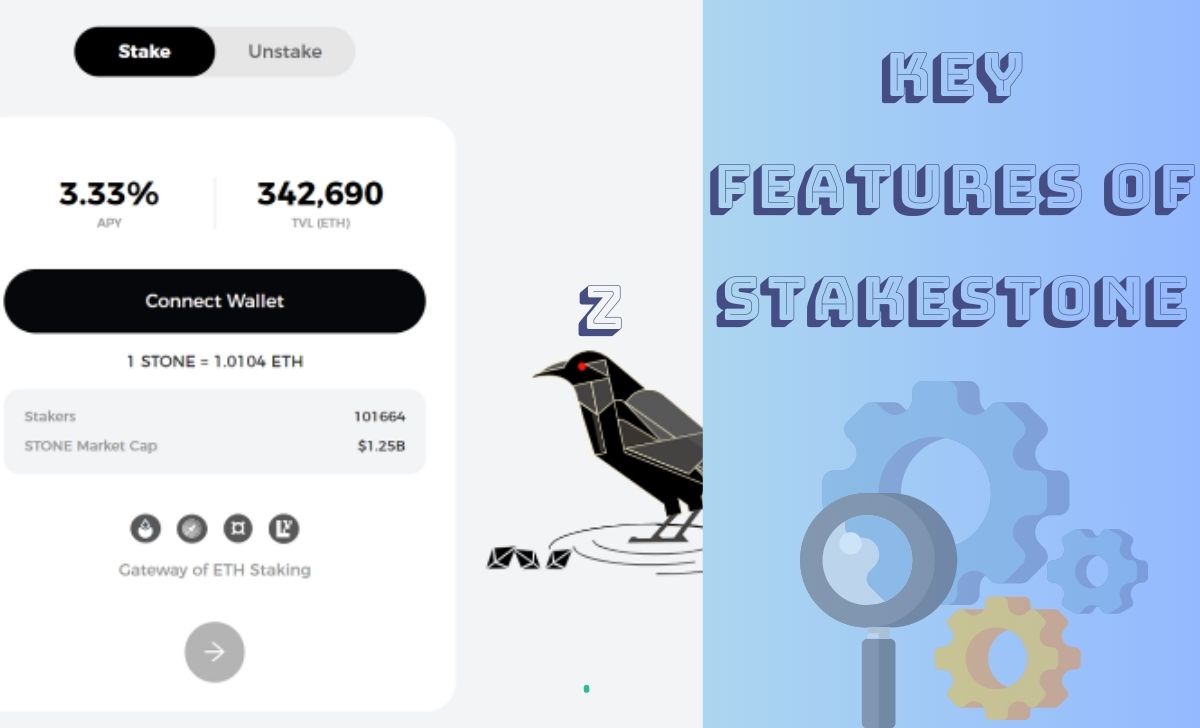
StakeStone stands out with three main features: Stake, Portfolio & Allocation and Bridge. Below is a detailed breakdown of each feature:
Stake feature
This feature allows users to deposit ETH into the platform to receive STONE tokens and an estimated APY yield of about 3 – 4%. One of the strengths of StakeStone is that there is no minimum staking requirement, but if the amount of assets deposited is too low, users may not be able to optimize their capital due to high gas fees. After staking, users can use STONE in DeFi activities such as trading on DEX, participating in Lending Protocol models and Derivatives.
Portfolio & Allocation feature
The Portfolio & Allocation feature is developed based on the Optimizing Portfolio and Allocation Proposal (OPAP) mechanism. This feature allows users to track their portfolio and asset allocation ratio. Currently, StakeStone’s portfolio includes EigenLayer Native Restaking (0.1%) and Lido Staked Ether (99.9%).
Bridge Feature
StakeStone’s Bridge feature allows users to transfer STONE tokens between different blockchain networks without having to wrap tokens. This makes it easy for users to move their assets across networks such as Linea, Mantle, BNB Chain and Base, without facing compatibility issues or high transaction costs.
StakeStone highlights
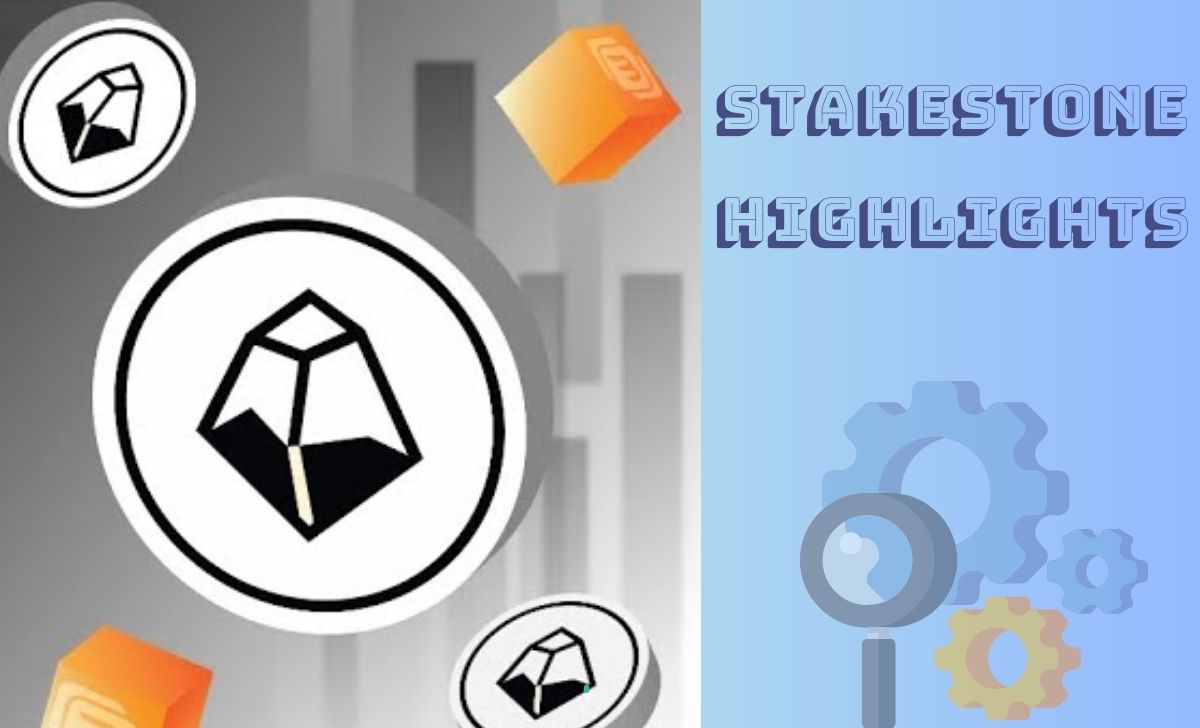
Below are some of the key highlights of StakeStone:
- High liquidity: StakeStone offers Liquid Staking Token, which allows users to stake ETH while maintaining liquidity, making it easy to transfer and use assets across different blockchain networks.
- Yield optimization: The protocol automatically optimizes staking rewards, ensuring users receive the highest returns without manual intervention.
- Multi-Chain interoperability: StakeStone supports asset transfers across multiple blockchain networks, helping users maximize their crypto earnings.
- Transparency and security: Users can track exactly where their ETH is deployed and the profits earned, ensuring transparency and security during the staking process.
- Community support: StakeStone has a strong community of users and developers, providing support and regular updates to improve the user experience.
Detailed information about STONE tokens
Key metrics STONE tokens
- Token name: StakeStone
- Coin code on the exchange: STONE
- Blockchain: Ethereum
- Token type: Utility & Governance
- Token Standard: ERC-20
- Contract: 0x7122985656e38BDC0302Db86685bb972b145bD3C
- Circulating supply: Updating….
- Total Value Locked (TVL): $478,397,464
- 24 Hour Trading Vol (19/08/2024): $3,178,622
STONE tokens allocation
Currently, the project hasn’t announced the details of the total supply and token allocation ratio. However, AZcoin will update as soon as there is a new announcement.
STONE token storage wallet
To securely store STONE tokens, you can use hardware wallets like Keystone. Keystone is an open-source cold wallet, compatible with many leading software wallets like MetaMask, OKX Wallet and BlueWallet.
STONE trading exchange?
STONE is currently tradeable on Binance, Uniswap, MEXC and other exchanges. For a comprehensive view of where to trade STONE and to explore the best options for cryptocurrency trading, check out AZcoin – best crypto exchange 2024.
How to Participate in StakeStone Airdrop
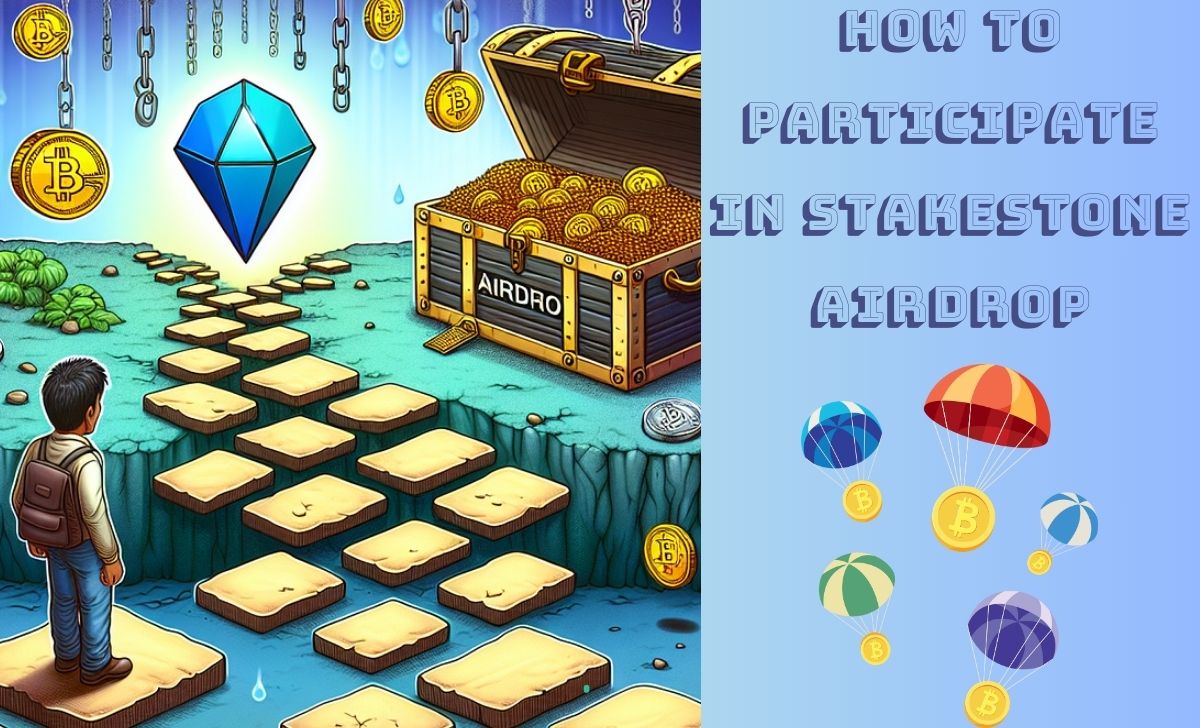
StakeStone is launching the Omni-Chain Carnival campaign with the opportunity to receive airdrops. To participate, you need to do the following steps:
- Step 1: Access the StakeStone app.
- Step 2: Connect your crypto wallet to the platform (supports Coin98 Super Wallet, MetaMask, WalletConnect,…). Select the Omni-Chain Carnival feature.
- Step 3: Fill in the invite code: 03310.
- Step 4: Connect your X account and follow the project.
- Step 5: Retweet the project’s airdrop post and verify the post. Lock STONE tokens to accumulate reward points or invite friends to join.
Conclusion
Above is detailed information about StakeStone and the outstanding features of this platform. StakeStone not only provides an effective staking solution but also opens up many new opportunities in the DeFi field with the ability to operate cross-chain and optimize profits. For more details and latest updates, follow AZCoin.

I’m Jessi Lee, currently living in Singapore. I am currently working as a trader for AZCoin company, with 5 years of experience in the cryptocurrency market, I hope to bring you useful information and knowledge about virtual currency investment.
Email: [email protected]

